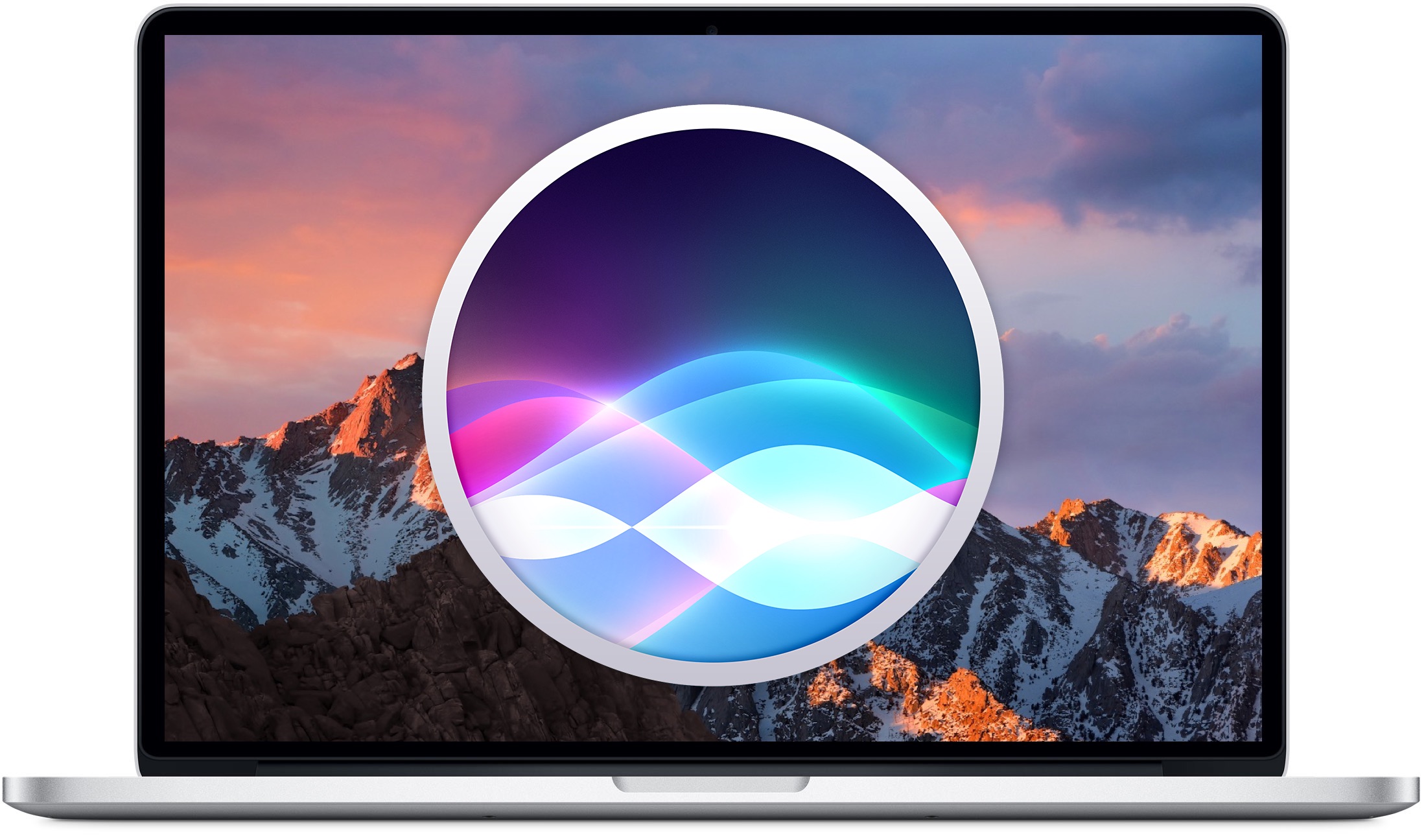Confirming previous rumours, Apple has rebranded its Mac OS X desktop operating system macOS. The first release of the renamed platform includes several notable new features for Mac users, including the arrival of Siri on desktop systems.
The rebranding is more than just a name change. It represents Apple making an effort to draw its different operating systems together, uniting them under a single name. The line-up now consists of iOS, macOS, watchOS and tvOS.The first edition of macOS is known as Sierra. Announced at Apple's WWDC conference yesterday, it is available in preview form today and will rollout worldwide later in the year. Apple has added several new features to its desktop platform to keep users loyal to the Mac.
SiriFor the first time, Siri is now available on the Mac. The digital assistant has successfully transitioned from the iPhone, bringing its existing features and a selection of new desktop-specific ones. Siri can be accessed from the macOS dock or menu bar or via a keyboard shortcut. You can then interact by typing or with a voice search.You can ask Siri to find documents, add a calendar meeting, start a FaceTime call or just start a web search. Results displayed by Siri can be dragged straight from the list into a document you're working on. Siri search results can be pinned to the Notification Center to let you monitor things you're following in real time, whether it be the latest news or sports scores.
Apple
Apple said Siri now handles two billion requests per week across 36 countries. Expanding the assistant to the Mac will increase user engagement and make the assistant more versatile. In tandem with the new features coming to iOS 10, Apple has evolved Siri into an assistant that stays you wherever you go.Inevitably, there are some comparisons to be drawn with Microsoft's Cortana, itself available on desktop PCs since the launch of Windows 10 last year. The two assistants have similar feature sets and roles when operating in a desktop environment. Apple appears to have brought Siri to the Mac as a response to Windows 10, increasing competition in the space and helping people work more productively.
iCloud, Continuity and ClipboardApple has better integrated iCloud into Sierra. Files will automatically sync to the Documents folder in iCloud, letting you access them from any device. Additionally, your desktop shortcuts and documents will now roam between Mac PCs, letting you keep everything in sync.
Apple
OS X's Continuity feature has been expanded with a new 'Universal Clipboard' ability. It allows you to copy and paste text, images, photos and videos between your macOS and iOS devices. Synchronised via iCloud, things you copy into the app will immediately be available on your other devices.
InterfaceAs with any OS X release, macOS Sierra includes a few interface tweaks. The picture-in-picture mode of the iPad Pro is now available on Mac, letting you float video from Safari or iTunes in a small window on your desktop while you work. You can pin the window to any corner of the screen or drag it to any location you want. It stays on top of other applications, letting you watch a video while working in other apps.
Apple
In a major core UI tweak, Apple has introduced tabs to several Mac apps. Maps, Mail, Pages, Numbers, Keynote and TextEdit now support a tabs bar like the one in Safari, letting you quickly jump between multiple windows and workspaces. Developers will be able to use this UI element in their own apps.
Best of the rest: Security & PaymentsThere are a number of other tweaks to macOS, major and minor, including improvements to security and payments. Apple Watch owners can now unlock their Mac just by walking up to it and anyone can benefit from using Apple Pay online.
Apple
Apple has expanded its digital payments solution to support online retailers. It allows you to pay for things without submitting your card data directly to a merchant. Supporting stores will display an Apple logo at the checkout. You'll then be able to pay using Apple Pay and verify the transaction using the fingerprint sensor on an iPhone.
macOS Sierra: The world's 'most advanced' OSApple claims macOS Sierra is the world's 'most advanced' operating system. The name change means it no longer stands out against Apple's other platforms and is fully integrated into the line-up. The slew of new features should please users, particularly those with multiple Apple devices.'macOS Sierra is a major update that makes your Mac smarter and more helpful than ever with improvements to the apps you know and love and great new features throughout,' said Craig Federighi, Apple’s senior vice president of Software Engineering. 'With macOS Sierra, you can get information, find files and multitask using Siri, access your Desktop and Documents from anywhere, copy and paste between Macs and iOS devices, and rediscover precious memories in Photos.'
Apple
Besides the headline features, there are multiple other changes, improvements and additions across the operating system. Notably, Apple has introduced a new file system, APFS, that radically changes the way in which files are stored for quicker and more secure encrypted operation. The company has detailed much of macOS online.The new operating system will roll out for free to current Mac OS X users on supported devices in the fall. Developers can get a preview version of the update today. Apple will run a public beta program starting next month to allow anyone to try macOS ahead of its release.



